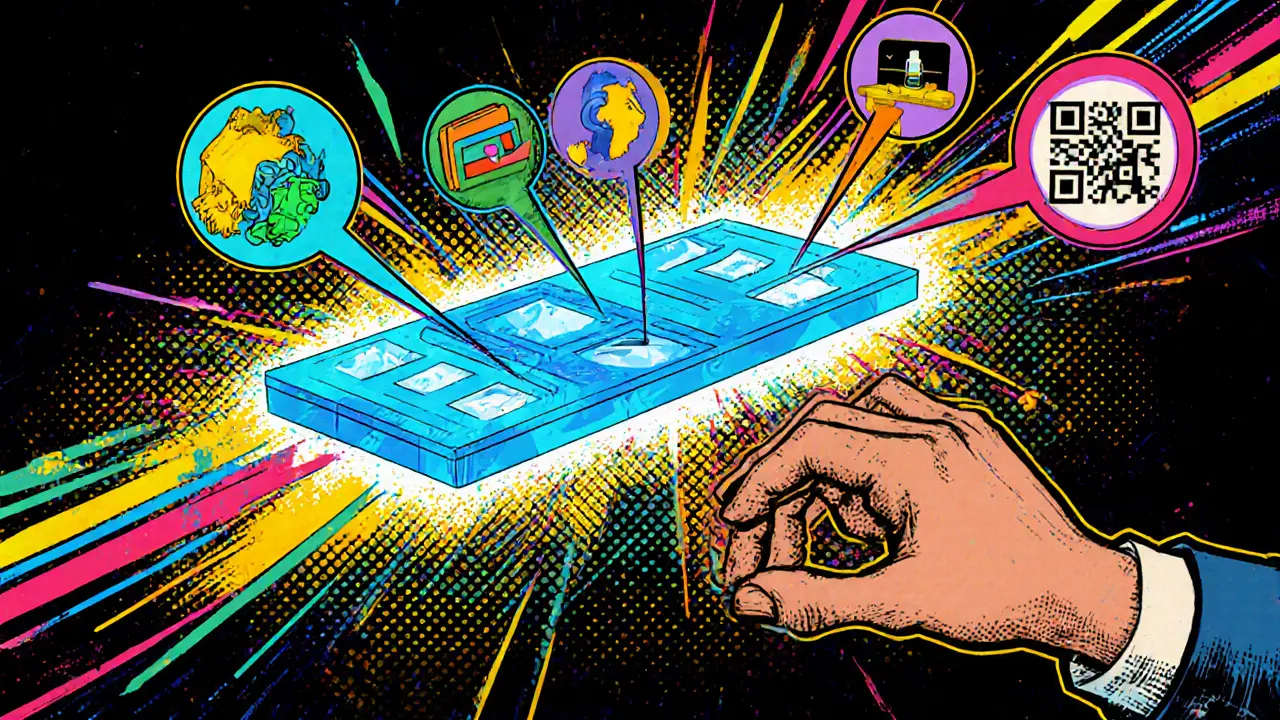Blockchain for Nonprofits: How Charities Use Decentralized Tech to Build Trust
When you hear blockchain for nonprofits, a system that lets organizations record transactions openly and permanently without middlemen. Also known as transparent ledger technology, it’s not just for crypto traders—it’s helping charities prove they’re using every dollar the way donors intend. Think about it: if you give $50 to a food bank, how do you know it didn’t vanish into admin costs? Traditional systems rely on annual reports and third-party audits. Blockchain changes that by making every transaction visible, tamper-proof, and time-stamped.
This isn’t theory. Groups like the Red Cross and smaller NGOs are already testing crypto donations, direct payments in Bitcoin, Ethereum, or stablecoins that bypass banks and reduce fees. One charity in Kenya cut processing fees from 15% to under 2% by accepting SOL and USDC. And with decentralized identity, a way for people to prove who they are without handing over personal data to a central server, nonprofits can verify beneficiaries without collecting sensitive info—cutting fraud and protecting privacy. That’s huge for communities in places like Ukraine or Nigeria, where government IDs are unreliable.
Then there’s blockchain transparency, the practice of publishing donation flows on public ledgers so anyone can track where funds go. A school project in Guatemala used this to show donors exactly how much went to textbooks, meals, and teacher salaries—no guesswork. Donors started giving more because they could see the impact. That’s the real power: trust built on data, not promises.
You’ll find posts here that break down how small charities are using these tools today—not the hype, not the whitepapers. We cover real cases: how a nonprofit in Canada tracks vaccine deliveries on a private blockchain, how a U.S.-based animal rescue uses NFTs to fund spay/neuter programs, and why some crypto donations get stuck in legal gray zones. You’ll also see what doesn’t work—like flashy apps that cost more to run than they save.
Whether you run a nonprofit, donate to one, or just want to know if blockchain actually helps good causes, this collection gives you the facts. No jargon. No fluff. Just what’s working, what’s risky, and what’s coming next in 2025.

How to Track Charity Funds with Blockchain for Total Transparency
Blockchain lets you track every dollar you give to charity in real time, from donation to impact. See how it works, which platforms to use, and why transparency is transforming philanthropy.
November 2 2025